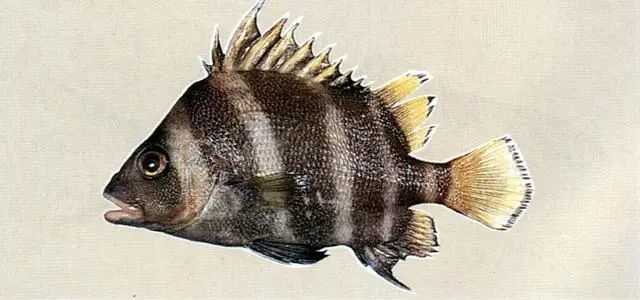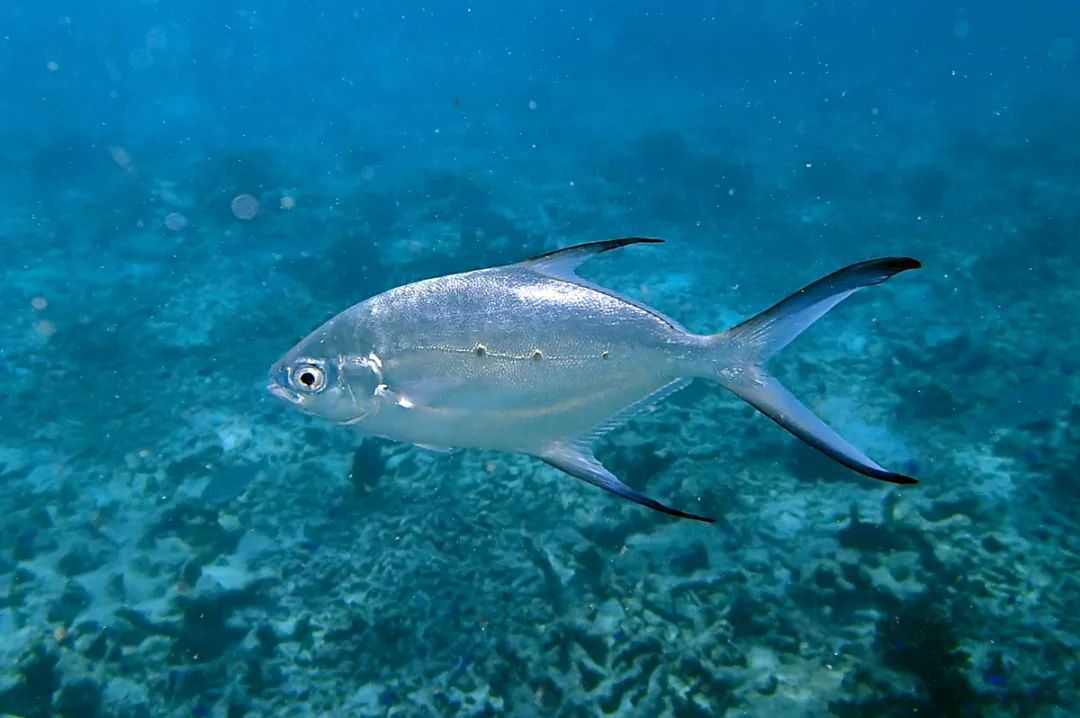
Hapalogenys analis, a captivating species within the Haemulidae family, stands out as a remarkable inhabitant of the northwestern Pacific Ocean’s coastal waters. This fish, renowned for its distinctive appearance and ecological role, showcases a robust body adorned with striking horizontal bands, making it both a visually striking presence and a vital component of marine food webs.
Growing up to 35 centimeters in length, Hapalogenys analis features a deep, laterally compressed body with a silvery-grey base color accentuated by four to five broad, dark horizontal bands running across its flanks. These bands create a sharp contrast, aiding in camouflage among rocky reefs and sandy seabeds. A defining characteristic is the pair of small, bristle-like barbels around its mouth, which help it detect benthic invertebrates—its primary prey, including crustaceans, mollusks, and small fish. The dorsal fin, split into spiny and soft-rayed sections, and the forked caudal fin enhance its maneuverability in its preferred habitats.
Native to the temperate and subtropical waters from Japan to Southeast Asia, Hapalogenys analis frequents shallow coastal regions, estuaries, and areas with submerged structures at depths of 10 to 80 meters. It is a solitary or small-group forager, active during both day and night, using its barbels to probe the substrate for food. During the breeding season, typically occurring in spring and summer, adults migrate to nearshore areas to spawn, releasing pelagic eggs that drift with ocean currents until hatching. Juveniles often seek refuge in seagrass beds or among coral fragments, gradually transitioning to deeper habitats as they mature.
Highly valued in local fisheries for its firm, flavorful flesh, Hapalogenys analis supports commercial and recreational fishing industries. However, its populations face increasing threats from overfishing, habitat degradation due to coastal development, and pollution. As a key species in maintaining the balance of nearshore ecosystems, conservation measures such as marine protected areas, sustainable fishing quotas, and habitat restoration projects are crucial. Protecting this transverse-banded beard croaker not only preserves a valuable fishery resource but also safeguards the intricate biodiversity of the northwestern Pacific’s coastal waters.





